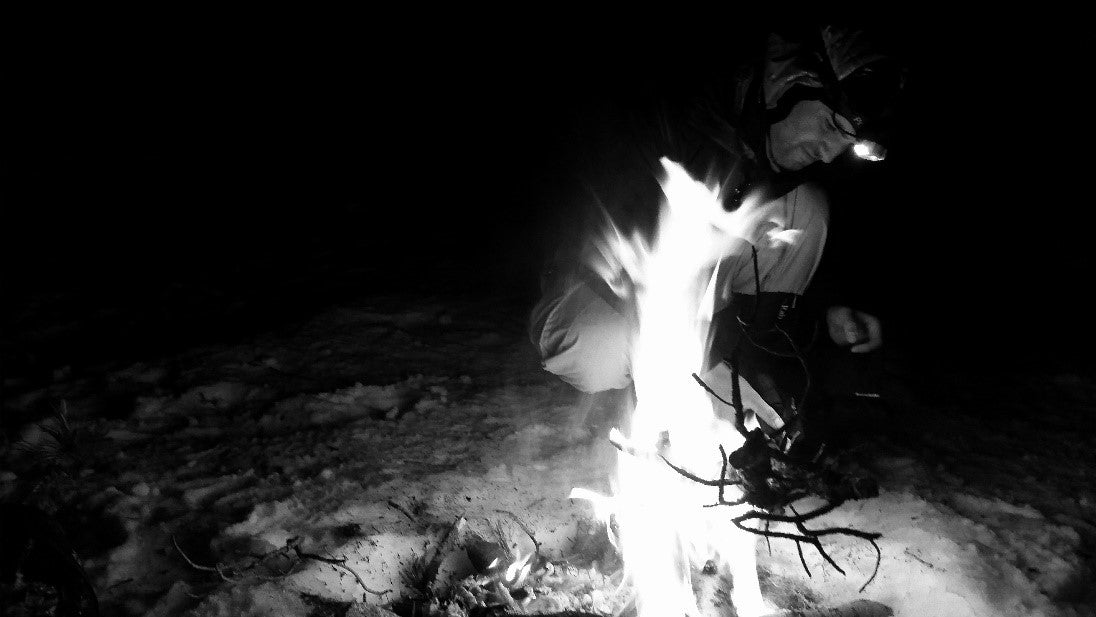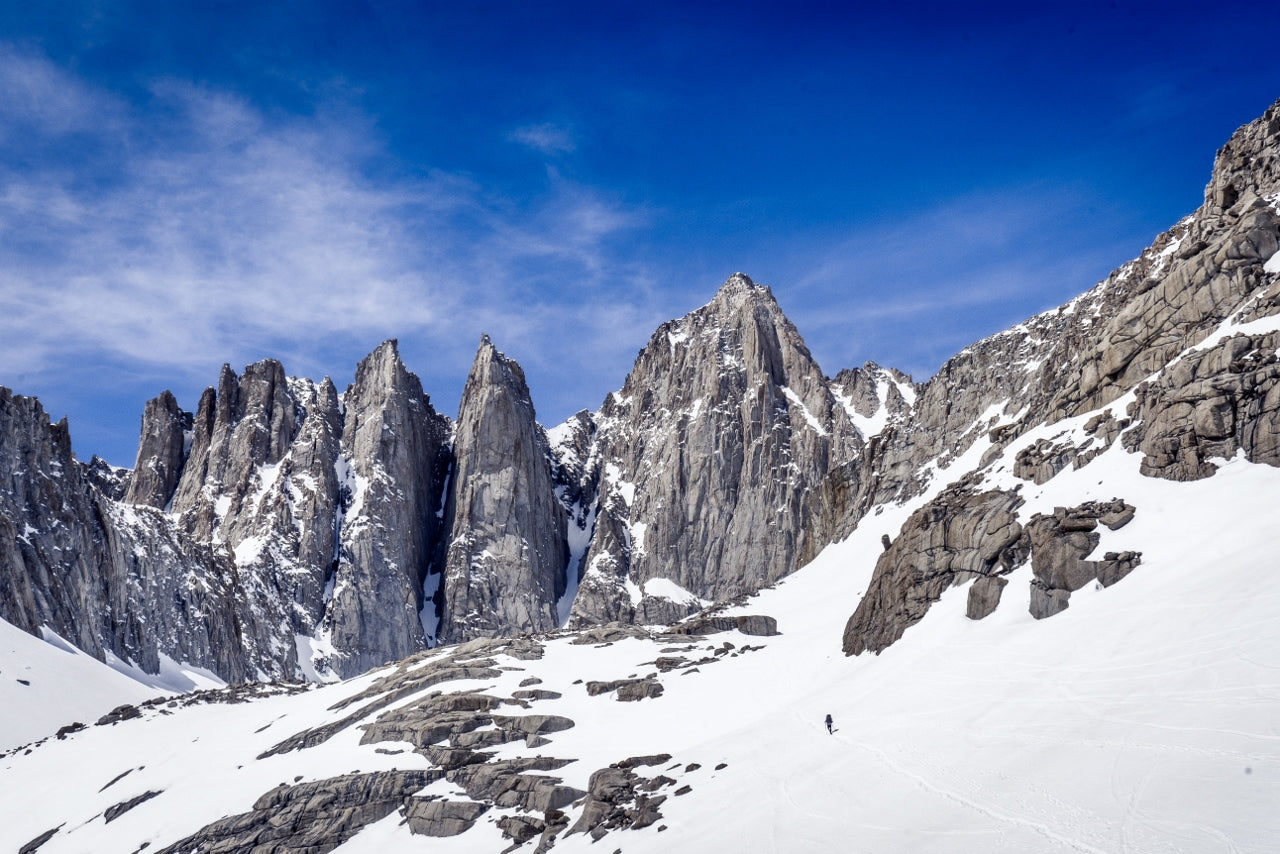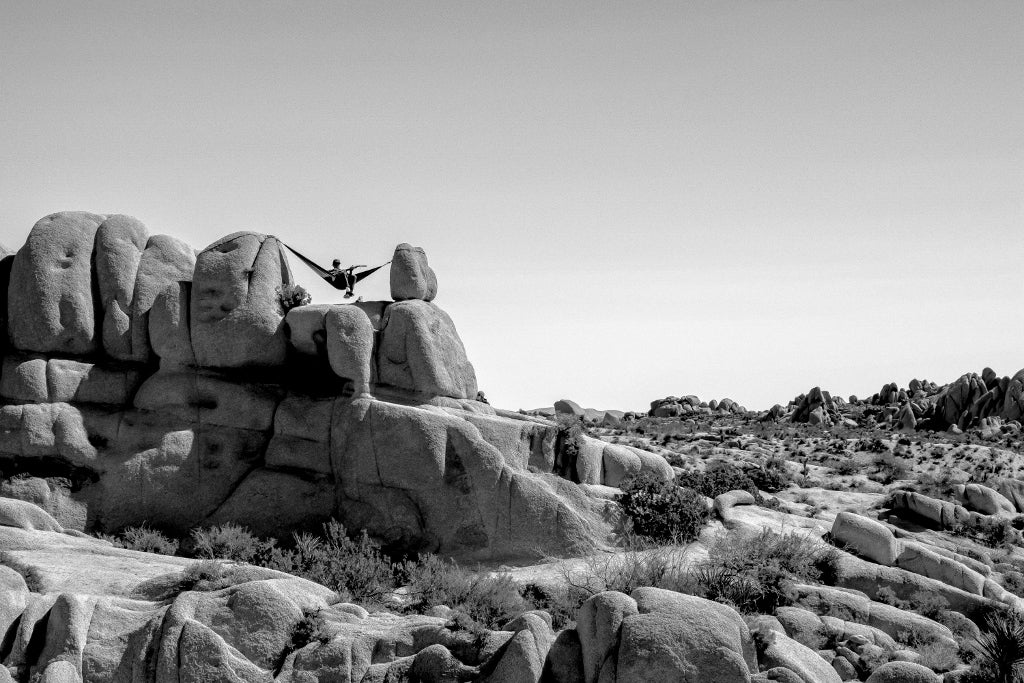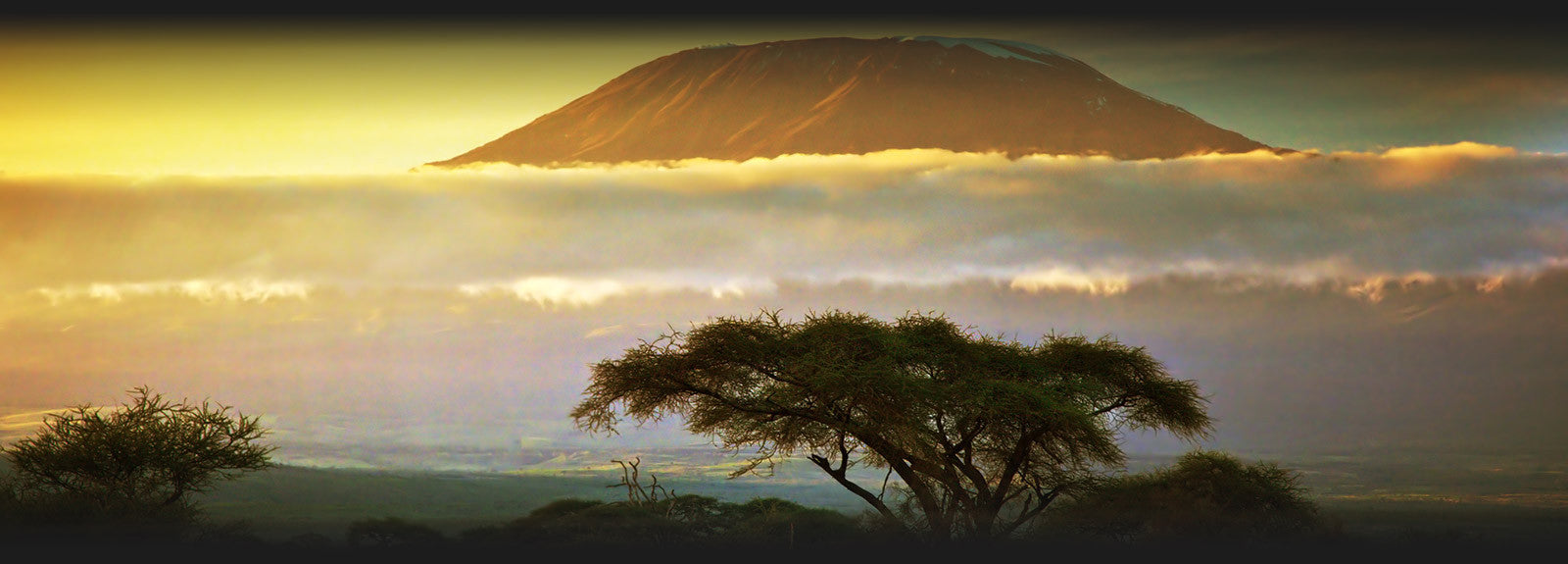You can build and enjoy a warm and wonderful campfire. In Part 1, Kilimanjaro Gear expert Connor gave you how-to tips for building a roaring campfire in dry conditions.
In Part 2, Connor gives you the 411 on starting a campfire in damp or snowy conditions. Yes, it can be done - read on to learn how!

So you know how to make a basic campfire in dry conditions with dry tinder, kindling and logs. Great job! The outdoors is notorious for unpredictable weather though, especially at higher elevations. You may head out from a dry campsite in the morning and return to a damp or snowy one in the afternoon.
If all you have to use is wet kindling, tinder and logs, building a fire is much more difficult. That makes finding dry fuel essential for building a campfire in the rain or snow.
There is no “one way” to start a fire in wet conditions. Often a combination of knowledge and skills come into play, depending on the environment and weather you have to work with.
First and foremost, always carry or have access to an axe, hatchet, or at least a knife. One of these tools can be the difference between building a fire or freezing. Check out some of our quality knives and hatchets here.

Regardless of the particular situation, your most important skill is the know-how required to locate dry wood.
Finding Dry Wood On the Ground
If it has just begun to rain/snow, you can usually find dry wood in areas that are covered (under pine needles, logs, trees, rock formations, etc). In these types of conditions, it can be relatively easy to still locate dry wood. Don’t wait until you need to make a fire to search for dry wood.
If you are hiking, keep your eyes open for possible areas where dry wood might be located. Even a handful of dry kindling and tinder can make it much easier to start the fire making process.
Finding Dry Wood Off the Ground
DIY Tinder and Kindling

Practice is Preparation
There you have it! Although this post is an instructional guide on how to create a fire in wet conditions, applying these instructions to real-life situations will be difficult at first.
Every time you go outdoors and make a campfire, put your skills to the test. Practice splitting and shaving wood in dry conditions to create your own tinder and kindling instead of using pine needles on the ground or other easily accessible tinder.
Also, imagine if it were raining and attempt to locate dead standing trees where you can search for usable firewood in the case of wet conditions. Practicing these techniques in easier conditions will set you up for success when those skills are absolutely necessary.
Now get outdoors, be safe, and have fun!




